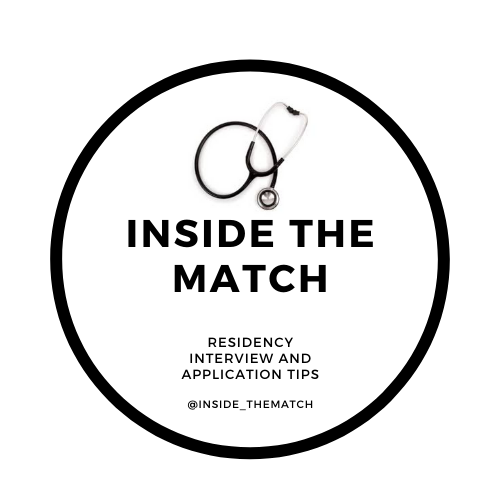Tips to Match into PM&R
Written by David Phrathep
Congratulations on choosing the field of Physical Medicine & Rehabilitation (PM&R)! PM&R is experiencing growing demand and garnering more attention from medical students. However, with program signaling, the transition of STEP 1/COMLEX level 1 to pass/fail, and the high number of applicants compared to available spots, PM&R has become increasingly competitive to match. Here are some tips to help you succeed:
Academic Performance: While scoring exceptionally high on board examinations isn't as crucial as in other specialties, it can still help bolster your chances to match PM&R. Passing board exams is essential, as failing could be a red flag. For DO students, PM&R programs tend to be more accepting of taking COMLEX only in comparison to counterpart specialties that suggest taking both USMLE and COMLEX. Also, it is essential to excel in your medical school courses and medical student performance evaluations to strengthen your application.
Personal Statement: PM&R programs prioritize the personal statement for its crucial role in revealing your character, motivations, and fit for your residency. The personal statement must be memorable to differentiate yourself from other applicants with similar backgrounds. It is your chance to articulate experiences that influenced your decision to pursue PM&R and to demonstrate your story, aspirations, and commitment to the field. The personal statement allows programs to get to know you beyond your CV and application.
Letters of Recommendation: Strong letters of recommendation, especially from PM&R physicians, carry significant weight. Having a Physiatrist vouch for your potential as a PM&R resident can greatly enhance your chances of matching. PM&R is a close-knit community where everyone knows everyone, therefore, you should aim to secure at least one letter of recommendation from a Physiatrist to strengthen your chances of matching.
Commitment to the Specialty: PM&R residencies highly value a holistic view of applicants, considering experiences, extracurriculars, and a solid commitment to the field. This commitment can be evidenced through leadership, research, volunteerism, rotations, advocacy, and educational involvement related to PM&R. Dedication to the specialty includes but is not limited to, being a student leader in PM&R organizations, volunteering with adaptive sports, advocating for people with disabilities, doing PM&R-related research, and presenting posters at conferences.
Audition Rotations: Consider completing at least one audition rotation in PM&R. These rotations allow you to showcase your interest in the residency, learn more about Physiatry, refine your clinical skills, and network with key individuals within the program. Building relationships and performing well during audition rotations can significantly impact your chances of successfully receiving interview invitations and matching.
Interview Day: Focus on performing well during interviews. The interview is a crucial match component, allowing both applicants and programs to assess fit and compatibility. Prepare thoroughly, demonstrate your passion for PM&R, and highlight your strengths and experiences. A strong interview performance can positively influence your ranking and increase your chances of matching into your preferred program.
In summary, excelling academically, having a memorable personal statement, securing solid letters of recommendation, demonstrating commitment to PM&R, completing audition rotations, and performing well during interviews are key strategies to increase your chances of matching successfully in PM&R. Here are organizations that have opportunities, resources, and networks that can help you match:
American Academy of Physical Medicine and Rehabilitation (AAPM&R):
Association of Academic Physiatrists (AAP):
American Osteopathic College of Physiatry (AOCPMR):
Representation in Rehab (RinR):
https://www.representationinrehab.org/
Good luck!

